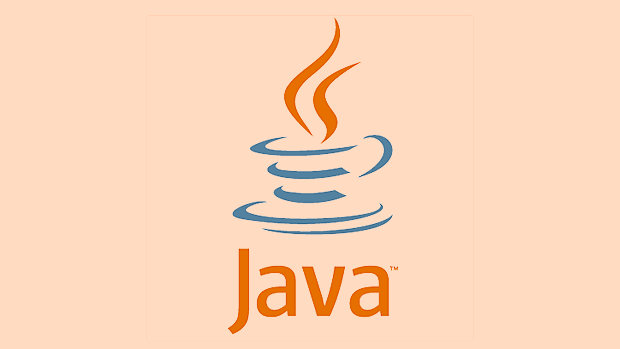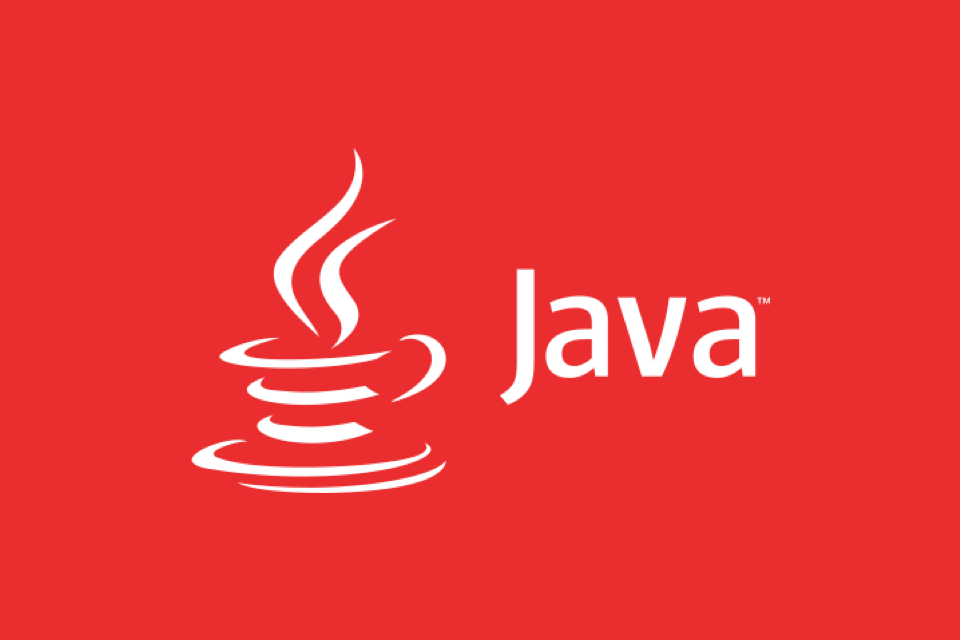Java Bytecode Instrumentation for Monitoring
Java bytecode instrumentation realizes dynamic analysis of the running status of Java programs by modifying the .class file insertion monitoring logic when class loading. Its core principle is to use the Instrumentation API and byte code operation libraries (such as ASM, Byte Buddy, etc.) to insert monitoring code before and after the method is executed without modifying the source code. The specific steps include: 1. Use Java Agent to intercept the class loading process and register the ClassFileTransformer; 2. Insert monitoring logic such as timing, logs, etc. in the target method to ensure that the original logic is not affected; 3. Avoid destroying the method signature or introducing exceptions, and ensure that the bytecode passes JVM verification. Common application scenarios include: monitoring method time-consuming, catching exception stack, collecting parameters and return values. Practice recommends choosing the right tool library, avoiding duplicate instrumentation, controlling performance overhead, and prioritizing critical path monitoring.

Java Bytecode Instrumentation is a powerful technology to implement application monitoring, and is especially suitable for analyzing and monitoring running Java programs without modifying the source code. It is widely used in performance monitoring, log burial, AOP programming and other fields.

If you need to observe method execution time, call link or resource consumption in a production environment, bytecode instrumentation is a very practical method.
What is Java bytecode instrumentation?
Java bytecode instrumentation refers to dynamically modifying the contents of .class files when the class is loaded or runtime, inserting additional monitoring logic. When loading the class, the JVM will read these modified bytecodes and execute them according to the new logic.

For example: you have a UserService.getUser() method, which by default just returns user information. With instrumentation, you can record the timestamp before the method starts, calculate the time-consuming and print it out after the end, without changing the code of the method itself.
This capability mainly relies on the Instrumentation API provided by Java, as well as bytecode operation libraries such as ASM, Byte Buddy, and Javassist.

How to use bytecode instrumentation for monitoring?
1. Intercept class loading process using Java Agent
Java Agent is one of the key mechanisms for implementing bytecode instrumentation. You can write an Agent that is loaded in via -javaagent:your-agent.jar parameter when JVM is started. Agent can register a ClassFileTransformer and convert the class when it is loaded.
public static void premain(String args, Instrumentation inst) {
inst.addTransformer(new ClassFileTransformer() {
@Override
public byte[] transform(ClassLoader loader, String className,
Class<?> classBeingRedefined,
ProtectionDomain protectionDomain,
byte[] classfileBuffer) {
if (className.equals("com/example/UserService")) {
return modifyBytecode(classfileBuffer);
}
return null;
}
});
}This way, when the target class is loaded, your transform method will be triggered, where you can replace the bytecode.
2. Insert monitoring logic into the method
Taking the monitoring method execution time as an example, you need:
- Logic in the method entry to insert the timing starts (such as
System.nanoTime()) - Insert end time and log output at method exit
When using tools such as ASM, you can traverse the instructions in the visitMethod, find the RETURN instruction location of the method, and insert the corresponding monitoring code.
Note: You cannot insert code casually, and you should consider issues such as exception handling and whether the local variable table space is sufficient.
3. Avoid affecting the original logic
The essence of instrumentation is to modify the bytecode, so you must be careful not to destroy the original logic. for example:
- Don't change the method signature
- Do not introduce new exceptions
- Ensure that the bytecode after insertion can pass JVM verification
It is recommended to test the effect of the insertion on a small scale first, and then gradually expand the monitoring range.
Common monitoring scenarios and practical suggestions
Time-consuming execution of monitoring methods
This is the most common use. For example, if you want to know the average execution time of a business method, you can insert timestamp recording logic before and after the method.
Advantages: Lightweight, strong real-time disadvantages: If method calls frequently, a large number of logs will be generated. It is recommended to add sampling control.
Catch exception stack
You can also insert around the try-catch block, catch unhandled exceptions, and record context information.
try {
// Original logic} catch (Exception e) {
log.error("Error in method", e);
throw e;
}This method can help you collect exception information in a unified manner without modifying the business code.
Method parameters and return value acquisition
Sometimes you need to know what parameters the method passes and what results it returns. This can be achieved by instrumenting the local variables and return values.
But you should pay attention to privacy issues and not record sensitive data at will.
Tips and precautions
- Choose the right bytecode operation library : ASM is suitable for underlying control, with good performance but complexity; Byte Buddy is better packaged and easy to get started.
- Avoid repeated instrumentation : Some categories may have been processed by other agents, so it is best to make a judgment before instrumentation.
- Consider performance overhead : The stake itself will have certain CPU and memory overhead, especially when recording detailed information, the monitoring granularity and system load need to be weighed.
- Monitor only critical paths : Not all methods need to be monitored, and core business methods or high-frequency calls are preferred.
Basically that's it. After mastering bytecode instrumentation, you will find that it is not only the basis of monitoring tools, but also the secret weapon behind many APM systems and diagnostic tools.
The above is the detailed content of Java Bytecode Instrumentation for Monitoring. For more information, please follow other related articles on the PHP Chinese website!

Hot AI Tools

Undress AI Tool
Undress images for free

Undresser.AI Undress
AI-powered app for creating realistic nude photos

AI Clothes Remover
Online AI tool for removing clothes from photos.

Clothoff.io
AI clothes remover

Video Face Swap
Swap faces in any video effortlessly with our completely free AI face swap tool!

Hot Article

Hot Tools

Notepad++7.3.1
Easy-to-use and free code editor

SublimeText3 Chinese version
Chinese version, very easy to use

Zend Studio 13.0.1
Powerful PHP integrated development environment

Dreamweaver CS6
Visual web development tools

SublimeText3 Mac version
God-level code editing software (SublimeText3)

Hot Topics
 What is the `enum` type in Java?
Jul 02, 2025 am 01:31 AM
What is the `enum` type in Java?
Jul 02, 2025 am 01:31 AM
Enums in Java are special classes that represent fixed number of constant values. 1. Use the enum keyword definition; 2. Each enum value is a public static final instance of the enum type; 3. It can include fields, constructors and methods to add behavior to each constant; 4. It can be used in switch statements, supports direct comparison, and provides built-in methods such as name(), ordinal(), values() and valueOf(); 5. Enumeration can improve the type safety, readability and flexibility of the code, and is suitable for limited collection scenarios such as status codes, colors or week.
 What is the interface segregation principle?
Jul 02, 2025 am 01:24 AM
What is the interface segregation principle?
Jul 02, 2025 am 01:24 AM
Interface Isolation Principle (ISP) requires that clients not rely on unused interfaces. The core is to replace large and complete interfaces with multiple small and refined interfaces. Violations of this principle include: an unimplemented exception was thrown when the class implements an interface, a large number of invalid methods are implemented, and irrelevant functions are forcibly classified into the same interface. Application methods include: dividing interfaces according to common methods, using split interfaces according to clients, and using combinations instead of multi-interface implementations if necessary. For example, split the Machine interfaces containing printing, scanning, and fax methods into Printer, Scanner, and FaxMachine. Rules can be relaxed appropriately when using all methods on small projects or all clients.
 Asynchronous Programming Techniques in Modern Java
Jul 07, 2025 am 02:24 AM
Asynchronous Programming Techniques in Modern Java
Jul 07, 2025 am 02:24 AM
Java supports asynchronous programming including the use of CompletableFuture, responsive streams (such as ProjectReactor), and virtual threads in Java19. 1.CompletableFuture improves code readability and maintenance through chain calls, and supports task orchestration and exception handling; 2. ProjectReactor provides Mono and Flux types to implement responsive programming, with backpressure mechanism and rich operators; 3. Virtual threads reduce concurrency costs, are suitable for I/O-intensive tasks, and are lighter and easier to expand than traditional platform threads. Each method has applicable scenarios, and appropriate tools should be selected according to your needs and mixed models should be avoided to maintain simplicity
 Differences Between Callable and Runnable in Java
Jul 04, 2025 am 02:50 AM
Differences Between Callable and Runnable in Java
Jul 04, 2025 am 02:50 AM
There are three main differences between Callable and Runnable in Java. First, the callable method can return the result, suitable for tasks that need to return values, such as Callable; while the run() method of Runnable has no return value, suitable for tasks that do not need to return, such as logging. Second, Callable allows to throw checked exceptions to facilitate error transmission; while Runnable must handle exceptions internally. Third, Runnable can be directly passed to Thread or ExecutorService, while Callable can only be submitted to ExecutorService and returns the Future object to
 Understanding Java NIO and Its Advantages
Jul 08, 2025 am 02:55 AM
Understanding Java NIO and Its Advantages
Jul 08, 2025 am 02:55 AM
JavaNIO is a new IOAPI introduced by Java 1.4. 1) is aimed at buffers and channels, 2) contains Buffer, Channel and Selector core components, 3) supports non-blocking mode, and 4) handles concurrent connections more efficiently than traditional IO. Its advantages are reflected in: 1) Non-blocking IO reduces thread overhead, 2) Buffer improves data transmission efficiency, 3) Selector realizes multiplexing, and 4) Memory mapping speeds up file reading and writing. Note when using: 1) The flip/clear operation of the Buffer is easy to be confused, 2) Incomplete data needs to be processed manually without blocking, 3) Selector registration must be canceled in time, 4) NIO is not suitable for all scenarios.
 Best Practices for Using Enums in Java
Jul 07, 2025 am 02:35 AM
Best Practices for Using Enums in Java
Jul 07, 2025 am 02:35 AM
In Java, enums are suitable for representing fixed constant sets. Best practices include: 1. Use enum to represent fixed state or options to improve type safety and readability; 2. Add properties and methods to enums to enhance flexibility, such as defining fields, constructors, helper methods, etc.; 3. Use EnumMap and EnumSet to improve performance and type safety because they are more efficient based on arrays; 4. Avoid abuse of enums, such as dynamic values, frequent changes or complex logic scenarios, which should be replaced by other methods. Correct use of enum can improve code quality and reduce errors, but you need to pay attention to its applicable boundaries.
 Exploring Different Synchronization Mechanisms in Java
Jul 04, 2025 am 02:53 AM
Exploring Different Synchronization Mechanisms in Java
Jul 04, 2025 am 02:53 AM
Javaprovidesmultiplesynchronizationtoolsforthreadsafety.1.synchronizedblocksensuremutualexclusionbylockingmethodsorspecificcodesections.2.ReentrantLockoffersadvancedcontrol,includingtryLockandfairnesspolicies.3.Conditionvariablesallowthreadstowaitfor
 How Java ClassLoaders Work Internally
Jul 06, 2025 am 02:53 AM
How Java ClassLoaders Work Internally
Jul 06, 2025 am 02:53 AM
Java's class loading mechanism is implemented through ClassLoader, and its core workflow is divided into three stages: loading, linking and initialization. During the loading phase, ClassLoader dynamically reads the bytecode of the class and creates Class objects; links include verifying the correctness of the class, allocating memory to static variables, and parsing symbol references; initialization performs static code blocks and static variable assignments. Class loading adopts the parent delegation model, and prioritizes the parent class loader to find classes, and try Bootstrap, Extension, and ApplicationClassLoader in turn to ensure that the core class library is safe and avoids duplicate loading. Developers can customize ClassLoader, such as URLClassL







